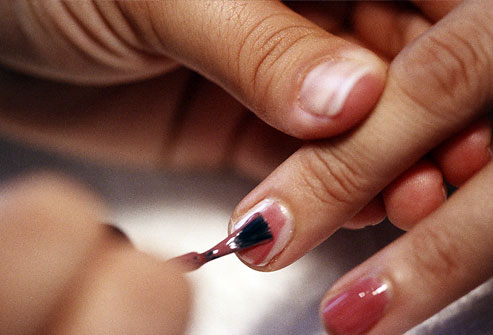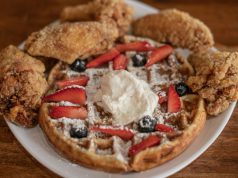The history of a manicure goes back to the year 3000 B.C. in Africa where the art of nail care started. The African men and women of high social rank painted their nails with henna, and by 6000 B.C. the Chinese royalty were painting their nails with gold and silver paint. Barbershops of the first half of the twentieth century provided manicures as part of their traditional services along with shaves, haircuts, and shoe shining.
Today’s barber and beauty shops in the Black community do not offer manicures. The manicure is part of our beauty culture that we lost in our struggle for equality. After slavery Birmingham became industrialized with coal mining and steel plants and the need for manicures declined in the Black community. Today we live in a technical Birmingham where we work with our minds more than our hands, which means the manicure is back in the Black community.
Nails are an important part of the integument system of the body and are considered to be appendages of the skin. The condition of the nail, like that of the skin reflects the general health of the body. The healthy nail is translucent with pinkish color showing through, that pink color is your nail bed. The manicure is also your window to view your health. The nail unit reflects the image of your health. The surface of your nail should be smooth, curved, and unspotted, without any hollows are wavy ridges. The manicure is also a health monitor that you should watch and check for health warnings and signs that will convey your health standard to you.
I am urging Black shop-owners to get back to the manicures for health reasons. Now I am not asking you to believe this because I said it, I am asking you to study to show your own self-approval.
By: Pete Stone



